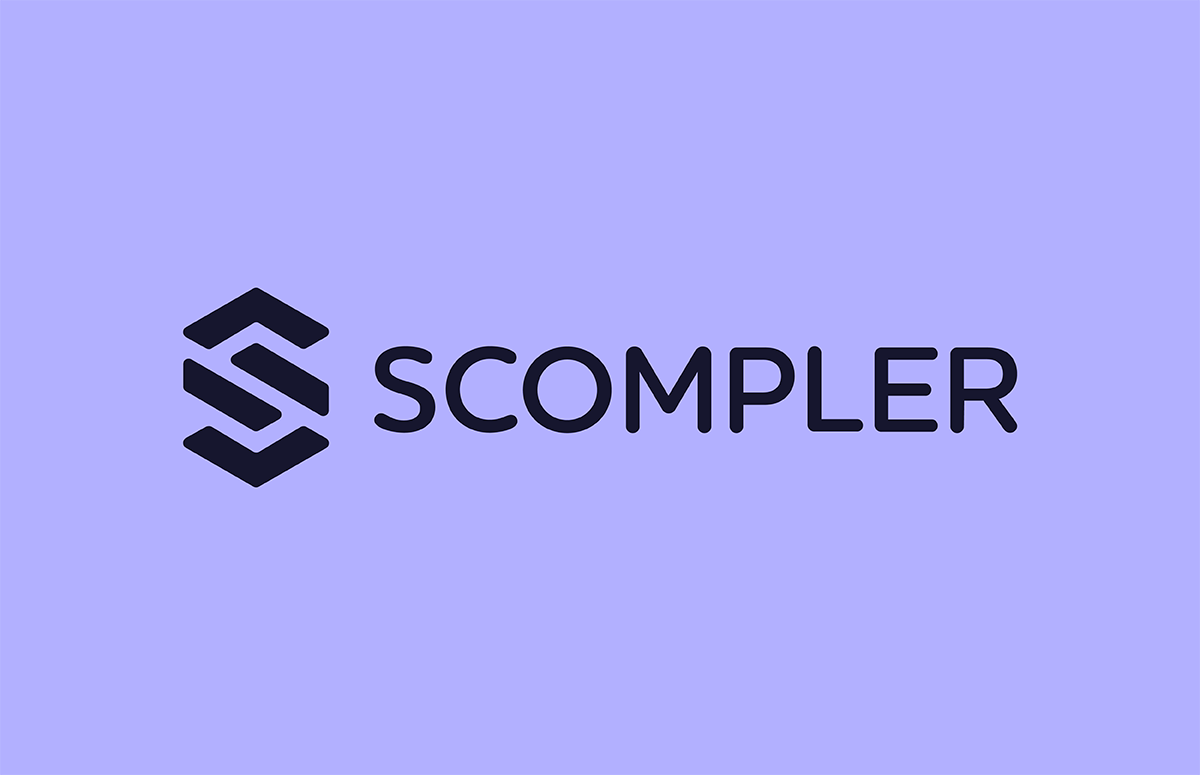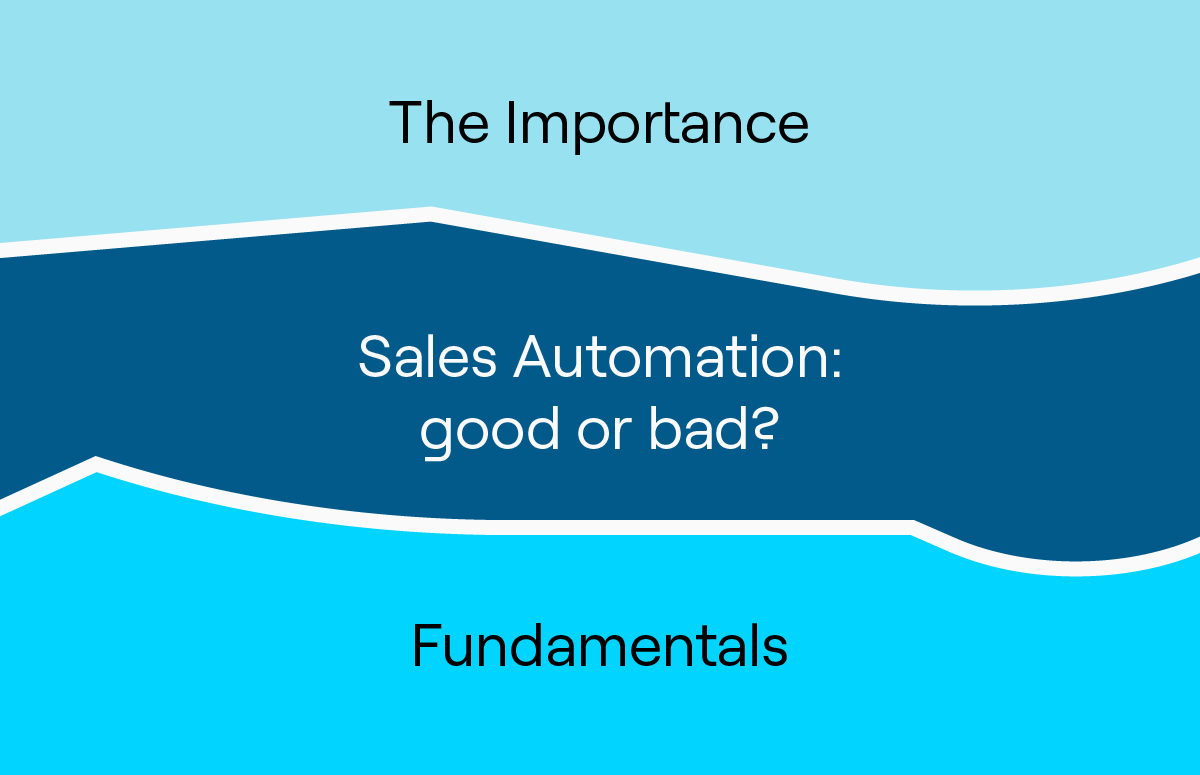The Secret Formula for Setting B2B Sales Goals
Sales is a demanding, fast-paced industry - but have you ever stopped to ask yourself: what’s my goal?
For most B2B SaaS sales leaders, the answer to that question is simple: to achieve consistent revenue growth. Constant, predictable growth is the holy grail of SaaS - and here at Cognism, we believe we’ve unlocked the secret!
Our growth trajectory is rightly the stuff of SaaS legend - from 657% growth in 2018 to 180% last year. But what’s behind the numbers? What’s our system, our process? What helped us to build a sales strategy that delivers outstanding success year-on-year?
For this article, we interviewed our CEO and founder, James Isilay. He walked us through his scientific approach to B2B sales, an approach that has taken us from startup to scaleup in less than 3 years.
This is how we built a formidable sales engine at Cognism - in 5 key steps.
1 - Start with revenue
If revenue is your ultimate goal, then make it the number one benchmark that you measure everything else against. Everything you do in B2B SaaS sales must relate back to revenue. If there’s something you’re doing that isn’t helping you hit your revenue target, drop it.
This top-down sales approach shows you where you should be focusing your energies. When you’ve worked out your revenue target, you can then work out which activities will help you achieve that target.
Typically, these will be:
- Outbound sales - when salespeople engage with decision-makers inside a company to generate interest and make a sale. The main outbound activities are cold calling, outbound email and social selling.
- Inbound marketing - when a data driven marketing team generates opportunities for the sales team to action. Opportunities are usually generated through content marketing, email campaigns and paid ads.
- Upsells - the process of selling more to your existing customer base.
Every revenue-generating activity you engage in must be tracked by underlying metrics. These include:
- Capacity/budget - how much do you expect these activities to cost?
- Conversion rate - how well is each activity performing in terms of converting leads into customers?
- Cost per lead - how much does each lead cost?
These are the top-level sales metrics that you need to track. In the next step, it’s time to get more granular.
2 - Calculate the maths of outbound
The old-school view of outbound sales is that it was an art - you had salespeople who engaged with leads and, through sheer force of personality, persuaded them to buy.
This approach just doesn’t cut it in the 21st century. Today’s SaaS companies have transformed outbound sales into a science. You can calculate exactly how many sales reps you’ll need to hit your revenue target - and this is the secret formula.
- Let’s say you have 1 outbound sales rep. He or she is making 200 dials every day.
- Those 200 dials lead to 60 conversations and 15 follow-ups. It’s important to note follow-ups, as they typically have higher conversion rates than a first-time cold call - the lead is already “warmed up” and aware of your product/service.
- Those 60 conversations and 15 follow-ups lead to 20 product demos.
- Those 20 demos lead to 10 opportunities, and finally, 3 deals being signed.
From this calculation, you can work out…
- The number of deals that you’ll need to be signed every month in order to make revenue.
- The number of salespeople that you need to generate the opportunities that lead to those deals.
- You can also work out the average cost per deal, which will you help you in terms of allocating resources.
The next step is to put all this together in a practical, repeatable way.
3 - Follow the capacity model for B2B sales
The capacity model is how you take the ideas from Steps 1-3 and build them into a scalable, repeatable sales process. This is the system that Cognism follows. Here’s how it works:
- As with Step 1, start with revenue. What’s your target?
- Then work backwards. What resources do you need to reach that target?
- Your monthly revenue target will indicate how many SDRs you need to book X number of meetings.
- From that, you can extrapolate how many meetings will lead to a demo, how many demos will lead to opportunity, and how many opportunities will convert into a customer.
This is the science of predictable B2B sales. Below, you’ll see a table showing the capacity model in action at Cognism, from H1 2019.

We recommend this model wholeheartedly if you’re a scaling B2B SaaS company. It allows you to accurately predict revenue and successfully manage resources month-on-month.
4 - Improve sales efficiency
When your lead generation machine is up and running, your next task is to keep that machine well oiled. There are a number of things you can do as a sales leader to improve the efficiency of your team.
Here are our top tips:
Identify your ideal customers
Create an Ideal Customer Profile (ICP) for your business. This is a representation of the perfect buyer for your product/service. Once you’ve defined your ICP, use it to find decision-makers who exactly match that persona.
Align sales and marketing
Your B2B sales rocketship will never get off the ground if your sales and marketing teams are at loggerheads. They must work together symbiotically, with marketing attracting and scoring leads for sales to action.
The number one thing you can do to drive alignment is to put both departments under the same umbrella. Instead of looking at them as 2 separate teams, view them as all 1 team - the revenue team!
Nurture your leads effectively
Within that, it’s important that your B2B marketing operation is strong. Use every tool in the marketing toolkit to nurture your leads until they’re ready to buy.
Start a blog, publish quality content aimed at your ideal buyers, run paid ads and launch email marketing campaigns. Keep that pipeline full of warm and hot leads!
Measure your results weekly
Select your metrics and track them on a weekly basis. Measure everything to the smallest detail - number of dials, conversion rates, demos attended...the list goes on!
By tracking everything weekly, you’ll be able to quickly spot errors in your sales process and fix them.
Invest in the best B2B sales tech
There are a plethora of tools that can aid your sales team in their B2B prospecting quest. A word of advice, though - don’t implement tech for the sake of it. When looking at providers, always ask yourself: what problem is this going to solve for my team? If it’s not resolving an issue, don’t buy it.
Looking to invest in some tools? We’ve curated a list of the very best B2B sales tech available right now.
5 - Don’t forget your people
All this talk of processes, tech and B2B data can lead us to forget the most important element of all: your people!
Sales is still a people process. Tech and data can help, but it’s people that drive the engine. Make sure you don’t lose sight of your team when setting your sales goals.
Hiring the right SDRs is one critical element; providing them with clear progression opportunities and world-class training are others. If you can get the right salespeople, give them everything they need to succeed, and incentivise them to achieve their very best, then you’ll find that your sales operation will run like clockwork.
Key takeaways
That’s our rundown of setting goals and building a B2B sales engine that succeeds. These are the key points:
- Make revenue your number one goal and structure every sales activity around that.
- Create a sales model that drives growth. The capacity model will help you to plan the resources you need.
- Break down the sales process and apply metrics to track in all areas.
- Use tech to improve the process and accelerate your sales.
- Hire well and construct a sales culture that encourages success. Invest some time in aligning sales and marketing.
The world’s best prospecting solution
Cognism can be a perfect addition to any B2B SaaS sales team. Use our pioneering, AI-powered platform to:
- Find and engage with your ideal buyers right when they need you most.
- Increase your conversions with multi-touch, multi-channel sales sequences.
- Pinpoint when prospects are ready to buy with our automated sales triggers.
- Take the guesswork out of prospecting with powerful analytics.
- Seamlessly integrate our all-in-one sales solution with your team’s CRM.
Keen to see a live demo of our world-beating sales tech? Simply register your interest by clicking the button below!



